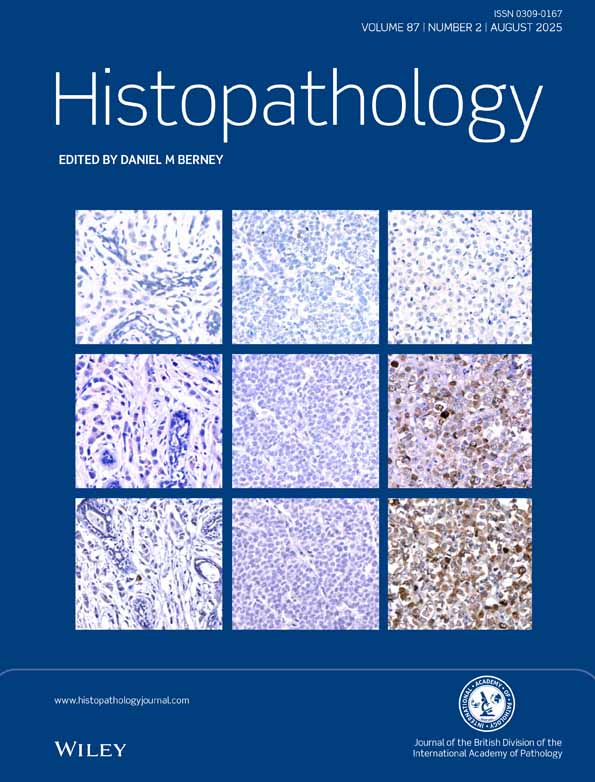Effects of long-term treatment with the anti-androgen bicalutamide on human testis: an ultrastructural and morphometric study
Abstract
To assess the effects of more than 4 years' treatment with the anti-androgen bicalutamide on human testis by clinical, ultrastructural and morphometric analysis.
Two patients (aged 74 and 69 years) with prostate cancer were treated for more than 4 years with bicalutamide 50 mg daily. Clinical characterization and follow-up included luteinizing hormone (LH), follicle-stimulating hormone (FSH), testosterone and prostate-specific antigen (PSA) measurements and clinical response of the tumours. Due to progression of the disease, patients underwent surgical orchidectomy as a further androgen withdrawal therapy. Testis biopsies were studied by light and electron microscopy and analysed by morphometry. Control samples were obtained from the normal testis of two patients with testicular cancer who underwent orchidectomy. Clinical follow-up showed a good response in the control of tumour growth and serum PSA decreased to < 4 ng/mL; concentrations of serum LH, FSH and testosterone were within the normal range. Testicular morphology of treated patients was unexpectedly well preserved; the organization of seminiferous tubules was normal with all the germ line elements and mature spermatozoa present. In some areas, a net increase of peritubular connective tissue was evident which may be a consequence of the age of the patients.
Long-term bicalutamide (50 mg) treatment appears to have very little impact on testis ultrastructure and sperm maturation, while it is effective in the control of androgen-dependent prostatic tumours.




